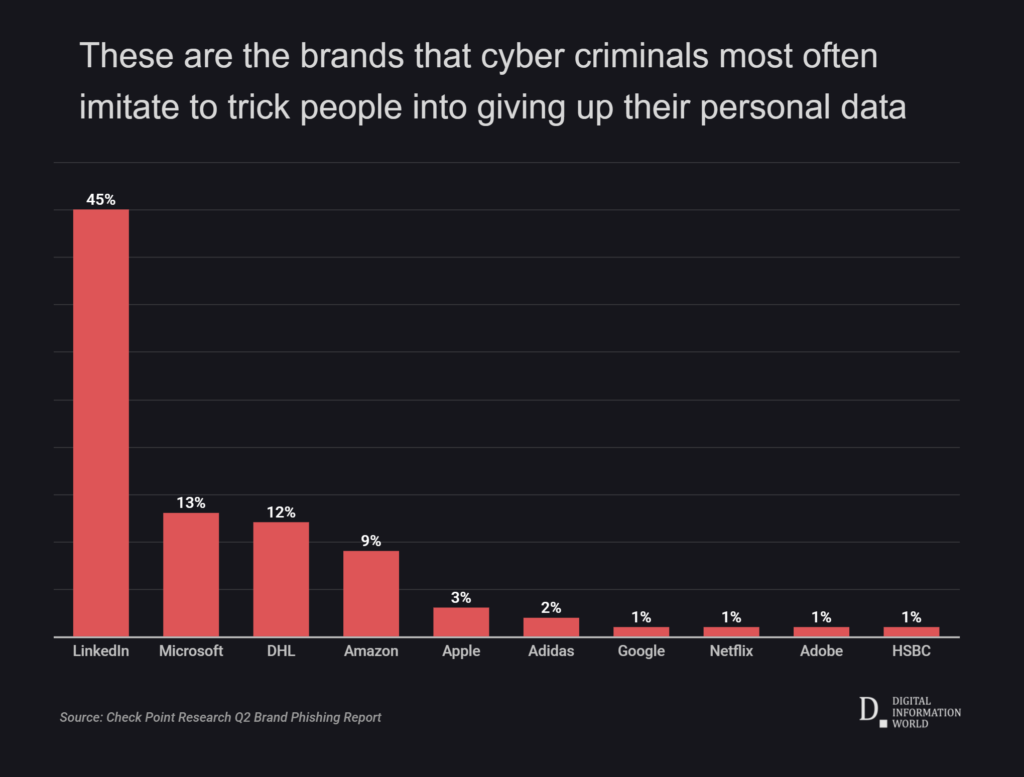
Online harassment has become a significant issue in today’s digital age, affecting people across various platforms and communities. According to Pew Research, 41% of Americans have personally experienced some form of online harassment. The study was published in 2021, although I am sure that number has increased over the last few years. Online harassment refers to abusive behavior conducted through digital platforms with the intent to harm, intimidate, or otherwise distress an individual or group. It encompasses a wide range of harmful activities facilitated by the internet, including social media, messaging apps, forums, and other online communication tools.
Types of Online Harassment
Online harassment can take many forms, each with its own methods and impact. Here are the main types of online harassment:
1. Cyberbullying
- Definition: Repeated, deliberate harm inflicted through electronic means.
- Examples: Sending threatening messages, spreading rumors online, posting hurtful comments or images.
2. Trolling
- Definition: Intentionally provoking or upsetting people online to elicit emotional responses.
- Examples: Posting inflammatory comments in forums, making offensive jokes, or derailing conversations with disruptive remarks.
3. Doxxing
- Definition: Publishing private or identifying information about an individual without their consent.
- Examples: Sharing someone’s home address, phone number, or personal photographs.
4. Swatting
- Definition: Making false reports to emergency services to have them dispatched to someone’s address.
- Examples: Reporting a fake hostage situation or bomb threat, leading to police SWAT teams being sent to the victim’s home.
5. Hate Speech
- Definition: Online communication that demeans individuals or groups based on attributes like race, religion, ethnicity, gender, sexual orientation, or disability.
- Examples: Racist slurs, anti-Semitic comments, sexist remarks, and homophobic language.
6. Sexual Harassment
- Definition: Unwanted sexual advances, requests for sexual favors, and other verbal or physical harassment of a sexual nature.
- Examples: Sending unsolicited explicit images, making sexually suggestive comments, or stalking someone online.
7. Impersonation
- Definition: Pretending to be someone else online to deceive others.
- Examples: Creating fake profiles, sending messages under another person’s name, or posting as someone else to damage their reputation.
8. Cyberstalking
- Definition: The use of the internet or other electronic means to stalk or harass an individual, group, or organization.
- Examples: Repeatedly sending threatening emails, monitoring someone’s online activities, or using social media to track someone’s whereabouts.
9. Flaming
- Definition: Posting hostile and insulting messages online, often in forums or social media platforms.
- Examples: Aggressive and heated arguments, personal attacks, or profanity-laden tirades.
10. Catfishing
- Definition: Creating a fake online persona to deceive others, typically for romantic or financial gain.
- Examples: Pretending to be someone else on dating sites, forming online relationships under false pretenses, or soliciting money under a false identity.
11. Mobbing
- Definition: Collective harassment by a group targeting an individual.
- Examples: Coordinated attacks or campaigns against someone on social media, mass reporting of someone’s account to get them banned.
12. Outing
- Definition: Publicly revealing someone’s private, sensitive, or embarrassing information without their consent.
- Examples: Disclosing someone’s sexual orientation, sharing private messages or images, or revealing someone’s medical condition.
13. Online Shaming
- Definition: Publicly humiliating someone online for their behavior or actions.
- Examples: Viral posts calling out someone’s behavior, mass sharing of embarrassing videos, or targeted hashtag campaigns.
14. Gaslighting
- Definition: Manipulating someone by psychological means into questioning their own sanity.
- Examples: Denying previous online interactions, altering messages or posts to make someone doubt their memory, or spreading false information to discredit someone.
Understanding these various forms of online harassment is crucial for recognizing and combating them effectively.
The first place to start is to document everything should this happen to you or to a client of yours. Hire us to do a deep dive. Even the most skilled at this can mess up and it sometimes is found in the smallest little detail. We can help!

